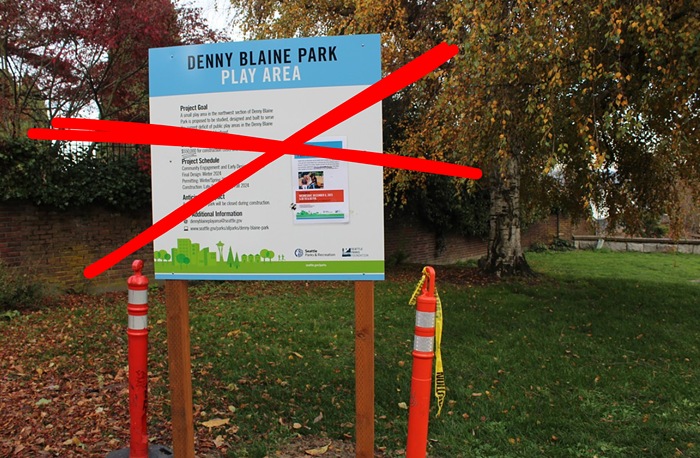
In case you somehow missed it: an airline employee for Horizon Air gained access to a turboprop passenger plane on Friday. He was able to enter the plane, engage the controls, and take off with no problem. He flew for 75 minutes before he crash landed on Ketron Island. The FBI recovered the flight data recorder from the flight and located human remains among airplane materials.
According to Port of Seattle Commissioner Courtney Gregoire, to the best of her knowledge, there were no lapses in security protocol at the airport on Friday.
Richard Russell, 29, had passed all background checks and had all the correct credentials to be in the area.
While this was happening in the air, all flights at Sea-Tac airport were grounded. These were the protocols put in place for an emergency situation. No one could have planned for this particular situation, though.
“I think this is really truly a one in a million experience,” Gregoire said. “That doesn’t mean we can’t learn from it.”
Gregoire held a press conference at Sea-Tac airport on Monday morning. There she discussed the steps Sea-Tac Airport was taking after the hijacking incident Friday night.
“We’ve made critical investments in our police and our security,” Gregoire said, adding that the reporters present may have already noticed the bolstered security presence during their time in the airport today. “We’ve added new employees to do a physical screening in the cargo area.”
Sea-Tac had already implemented thorough employee screenings about a year and a half ago. This is beefier security than most airports have. Still, the screenings wouldn't have caught Russell because he was where he was authorized to be.
Starting the plane should have been a barrier to Russell. But, the plane didn't require a key in order to make the controls operational. Russell—maybe because of his video game knowledge—was able to figure these mechanisms out. Gregoire said this is one of the areas where multiple agencies are discussing what can be improved.
"This is about 'where are there elements of control?'" Gregoire posited.
These extra steps and barriers could inhibit something like this happening in the future. Could they have stopped it from happening on Friday?
“Operationally, we can improve,” Gregoire said, “with our airline partners, with TSA and FAA (Federal Aviation Administration). But, there are also human factors at play here.”
Those human factors Gregoire hinted at are mental health issues. She acknowledged that the airport is a stressful environment to work in and that the Port is very mindful of that.
“We’ve got to figure out a better way to address those factors,” Gregoire said.
Ultimately, Gregoire did not say much new information. The Port of Seattle is communicating with its stakeholders—every airline present at Sea-Tac, trade associations for the airlines such as the American Association of Airline Executives and Airport Council International, other airports, and the community—on what steps to take.
“Although I cannot give you a timeline,” Gregoire said. “I can say this team is working with urgency.”



















